Impact of different poses (Relaxed, ‘T’, And ‘A’ Pose) on Human Body Measurements
There are many more challenges related to postures, one of the common ones is caused by fused body parts with 3D body scan when the subject is scanned in a relaxed posture. In such scans, there are two main areas where there is a major impact on mesh quality. The arms get fused with the torso. The fused mesh areas cause problems in the identification of armpit points and upper body features. In the lower body region, the meshes around the thigh region fuse with each other and adversely impact the identification of the crotch points and hence dependent measurements like inseams. These are exactly the kind of problems which the ‘A’ and ‘T’ poses to try to circumvent, but it creates its own set of challenges. For a comfort-fit garment, the measurements need to be taken in the pose that is the natural at ease posture of the person.

Impact of standard ‘A’, ’T’ and relaxed poses on measurement
A and T poses tend to make the person stand erect and raise the upper body especially the shoulders and the chest area. The tables in this show the deviation in chest girth and back shoulder width in T pose, A pose, and a standing relaxed pose. As you can see, the deviation for chest girth can be as high as 6+% while for back shoulder width it can go up to 9%.
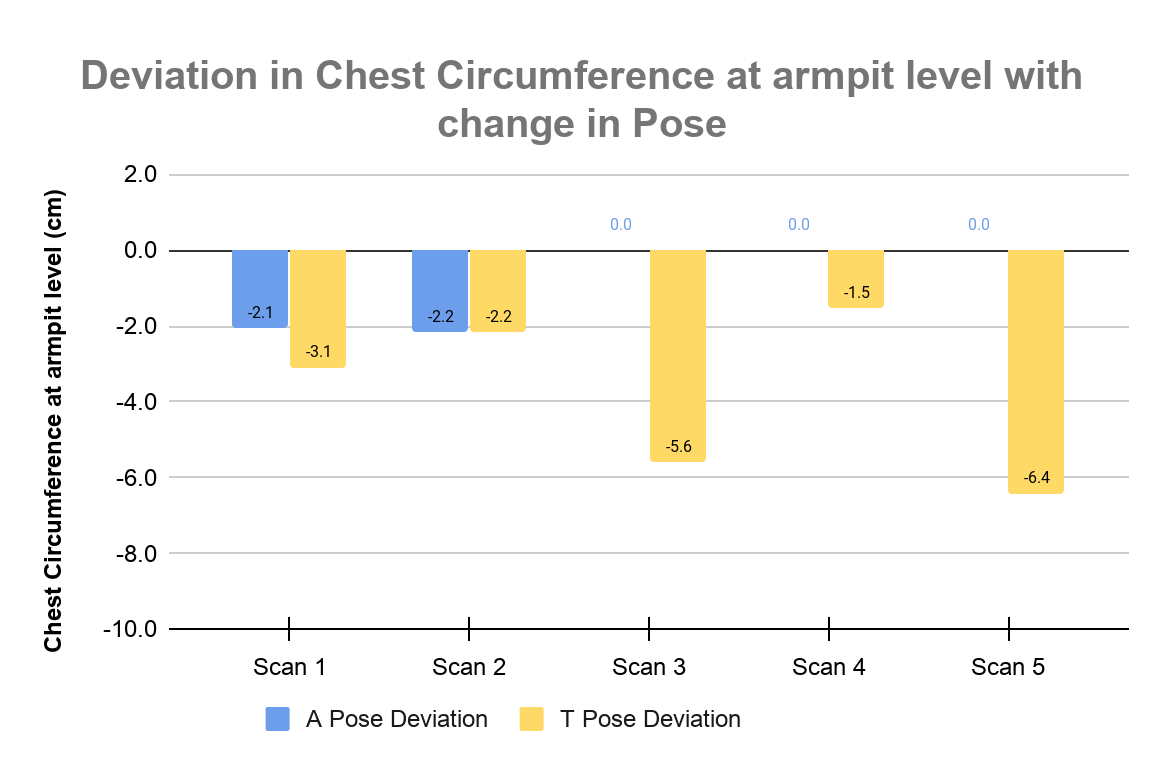
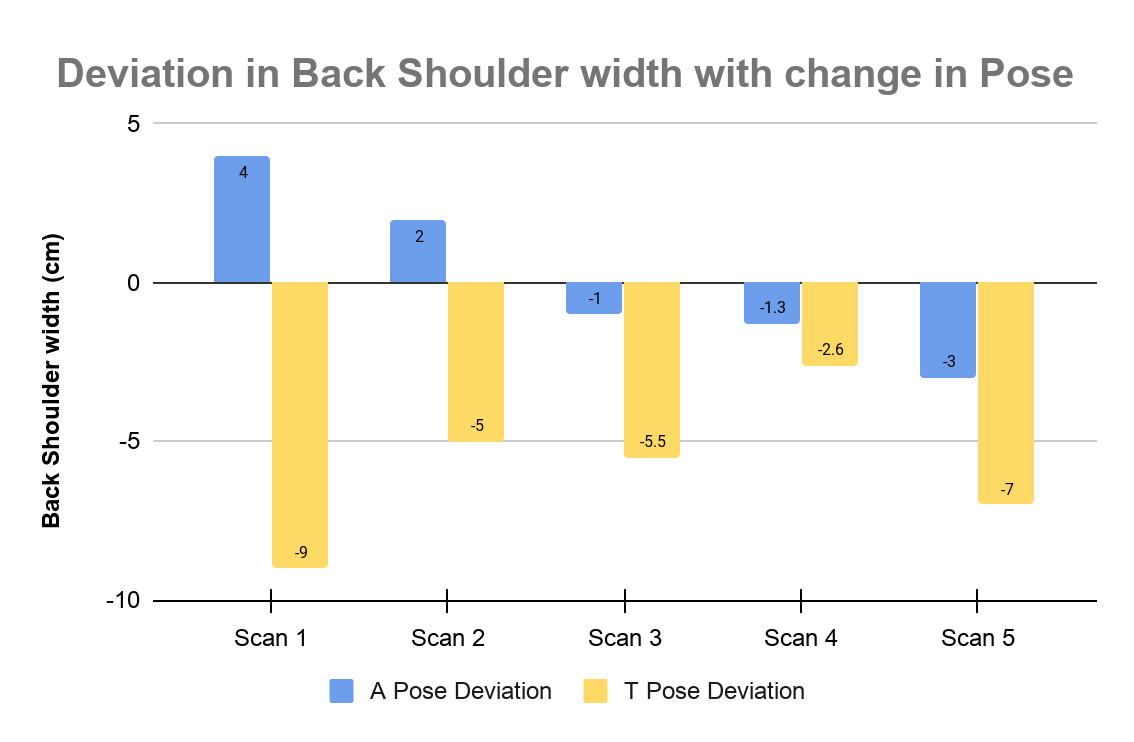
Impact of standard ‘A’, ’T’ and relaxed poses
We also studied the deviation of waist measurements when the subject is standing in relaxed pose – in ‘T’ pose waist measurements can be off by 8%. Bicep is another part of the body that can measure differently when the subject is in a relaxed pose – it also changes by upto 2%.
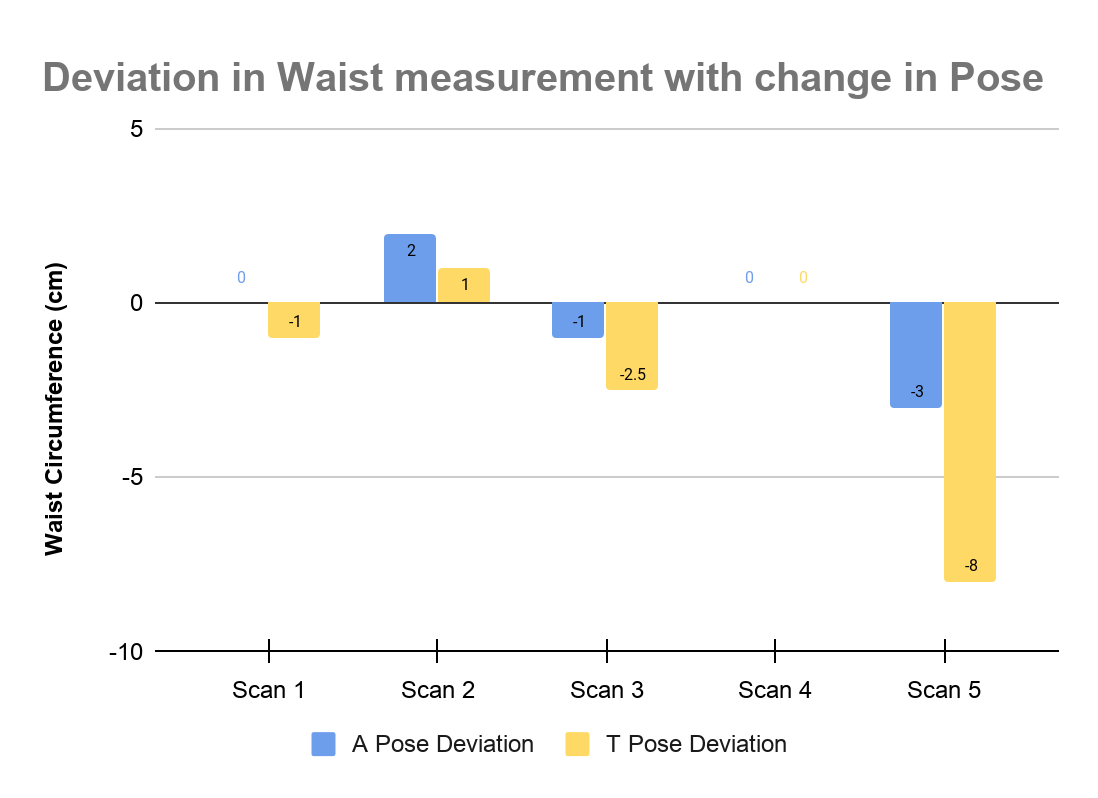
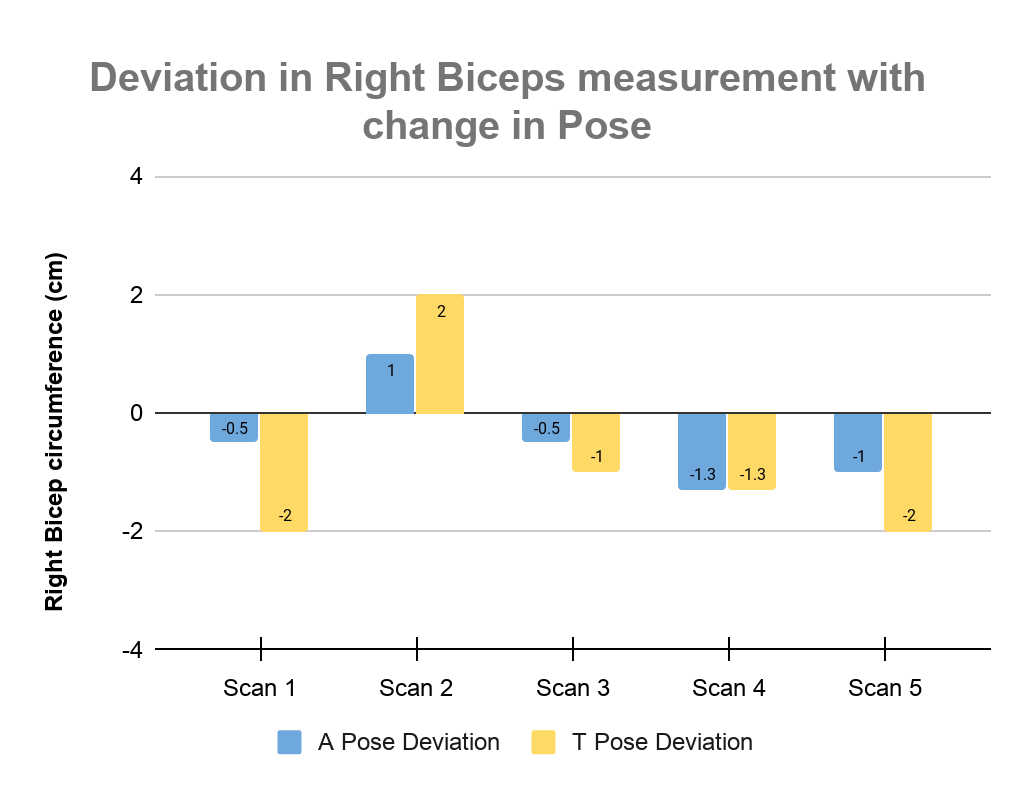
Extracting body measurements in a relaxed pose
First, we identify the case of fused body features by using geometry algorithms. Once we identify these cases, the next challenge is to identify the boundaries of these fused parts. Using ML techniques we identify the region of the body and get a context. After this, we locate the ‘pits’ in the mesh to finally get the boundaries. We then extrapolate these boundaries (‘Side Curve Computation’) to form a closed curve which approximately models to human body shape.
Following are examples of measurements on fused body parts:
Fused Chest Measurement :
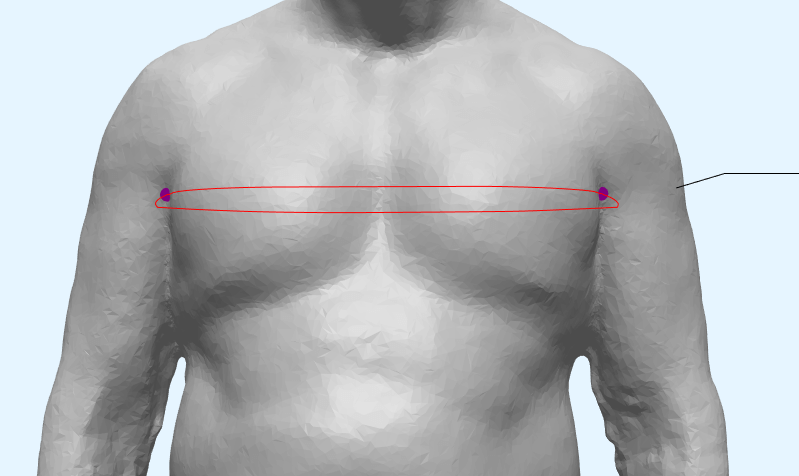

Fused Waist Measurements :

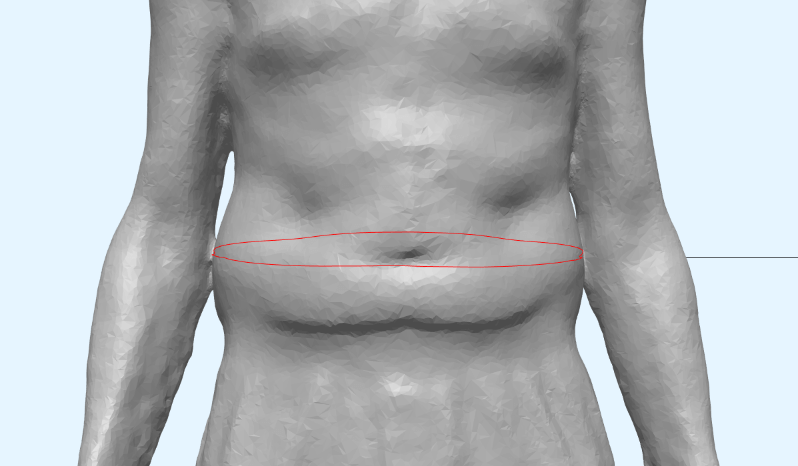
Fused Thigh Measurements :
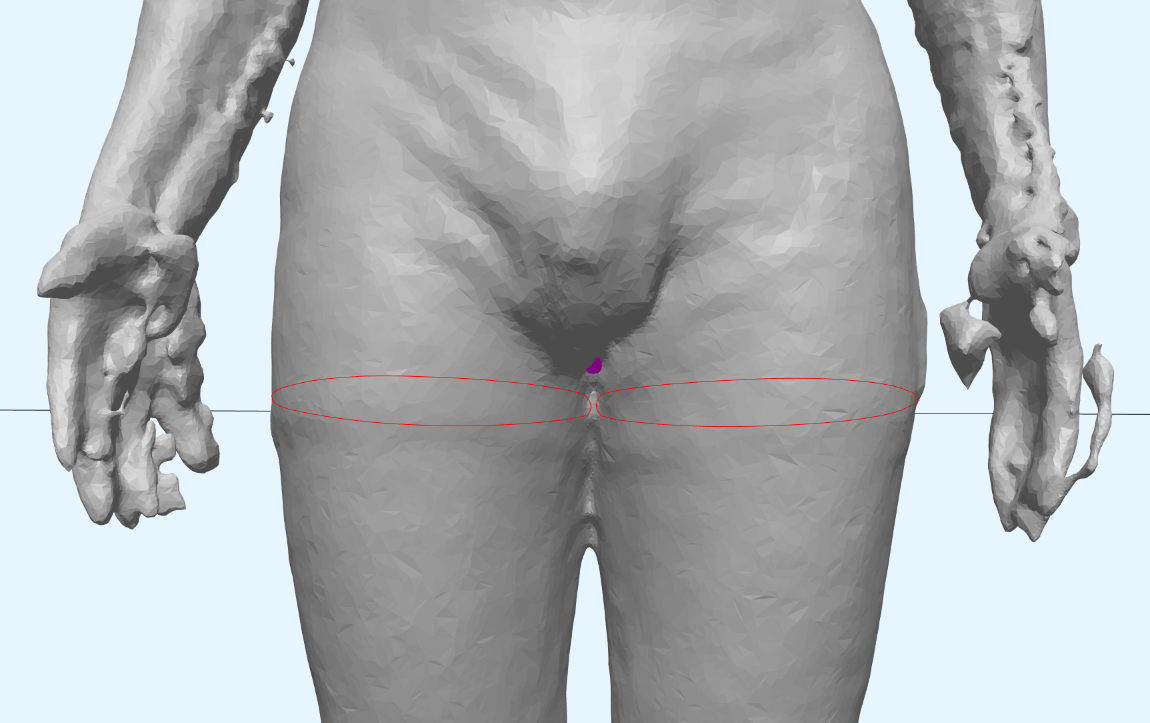
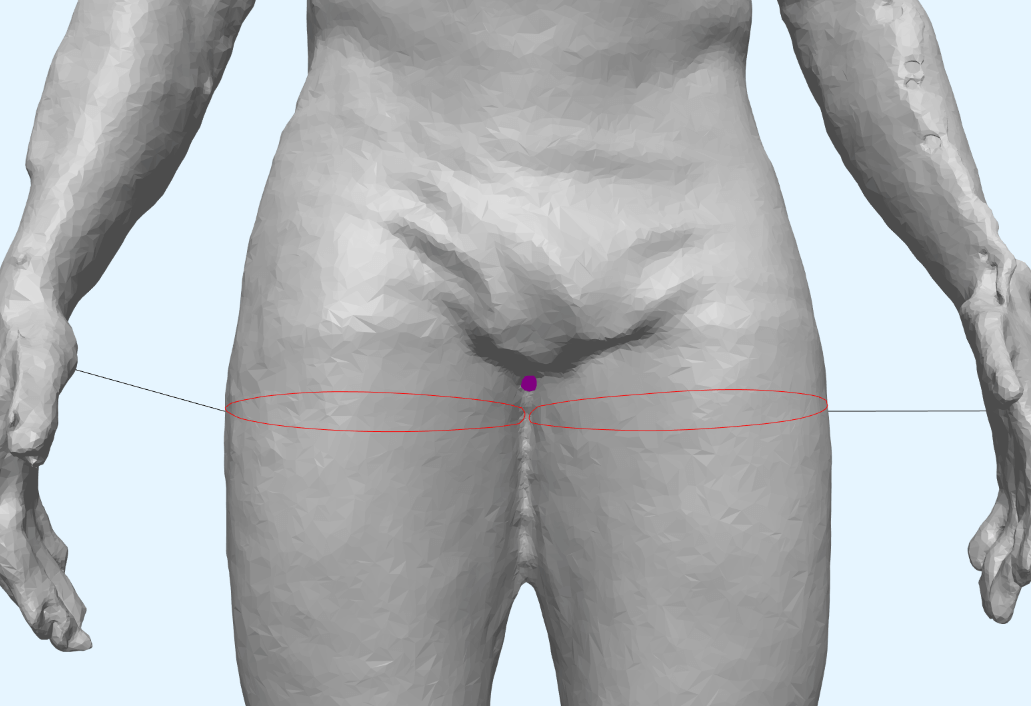
Here’s a quick video which shows the problem and solution. As you can see, in the upper body region the arms are fused with the torso and in the lower body region, the thighs are joined. After applying our fix, we are correctly able to get the chest girth and the crotch length measurements using 3D Measure Up.
Measurement of human body parts,Comparison of measurement on different poses,Body measurement on relaxed pose,Body measurement on A and T pose
3D Measure Up Visualizer,Human Body Measurement OEM,Human body Custom measurement
Author: Pankaj C.
Contact us:
3dmeasureup@prototechsolutions.com
3D Measure Up




